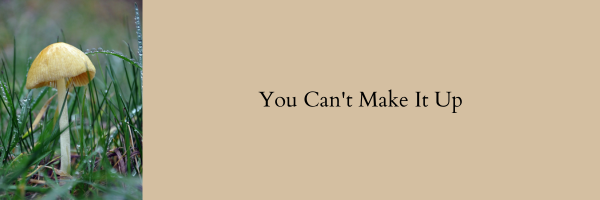Glimmers

OK, so I was a bit of a Debbie Downer in my last missive. (And I appreciate all of you who responded with encouraging words.) You’ll be glad to hear that I have something more cheerful to share this week: glimmers.
You may have heard the term, but I had not, at least not until last week when my dear friend Lila told me about them — and in the process created one. A glimmer, in case you don’t know, is a small thing that snags our attention and make us feel happy or peaceful, just the opposite of a trigger. The term was coined by clinical social worker Deb Dana, but the concept comes from work by neuroscientist Stephen Porges, who developed something called Polyvagal Theory. This is the idea that the autonomic nervous system (the part of the nervous system that keeps you breathing and your heart pumping without your having to think about it) is always scanning sensory input to see if something might be dangerous. We aren’t always aware of these cues, but they do influence us in subtle (or sometimes not so subtle) ways. It’s that “I don’t have a good feeling about this” experience. Glimmers, on the other hand, suggest that everything is not just cool, but wonderful.
Glimmers come in many forms, and I expect they’re very personal. My glimmer might not be your glimmer. But here are a few things that might be glimmers:
* You step outside one morning and are immediately aware of the breeze on your skin.
* A bird lands on your window sill.
* A child smiles at you at the supermarket.
* A kitten falls asleep in your lap.
* You’re sitting on your porch and hear a neighbor laughing.
If you want more glimmers in your life, you might have to cultivate them. They aren’t as forceful as triggers, but they can — especially if you’ve trained yourself to watch for them — stop you in your tracks and remind you that it’s good to be alive. Like when a friend emails you on a messy morning to tell you about glimmers.
’til next time,
Avery